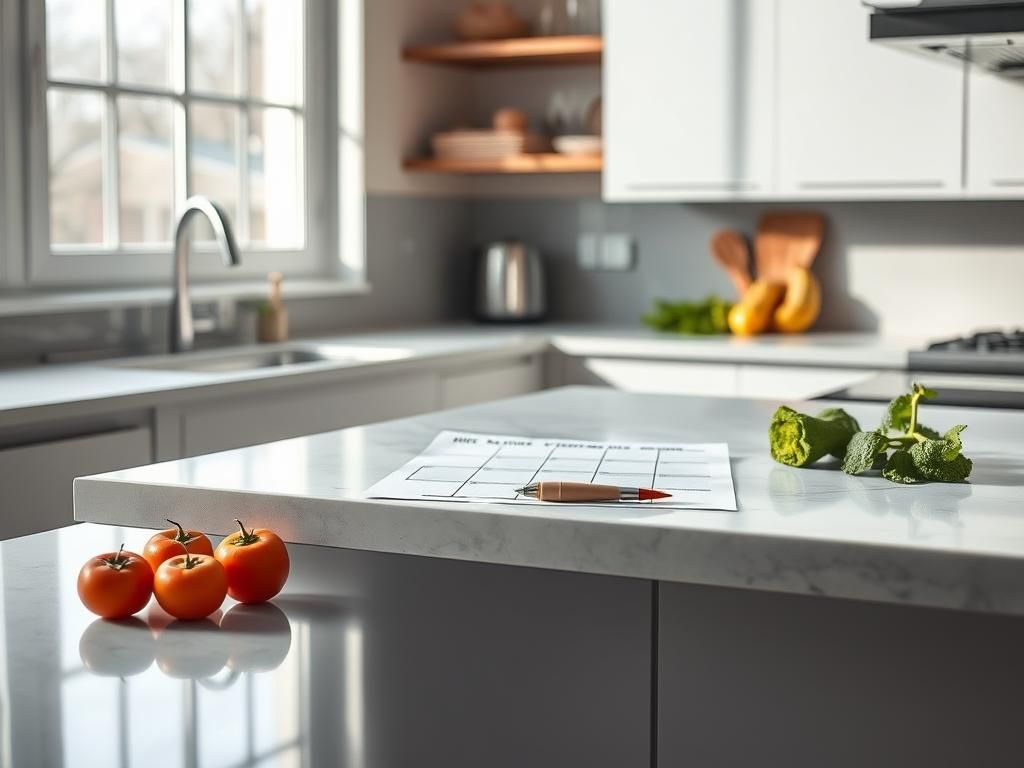
Meal planning made simple
Spend a small block of time each week to reduce daily stress and food waste. These practical steps create a repeatable routine you can adapt to your schedule and tastes.
Ten practical tips
Choose one planning session: pick the same day and 20–30 minutes to plan menus and a shopping list.
Check your week: note busy nights, events, and leftovers that affect servings and timing.
Use meal themes: assign themes (stir-fry, pasta, salad, sheet-pan) to simplify choices and shopping.
Inventory first: look through fridge, freezer, and pantry to avoid duplicates and use items nearing expiry.
Batch staples: cook grains, roast vegetables, or grill chicken in one go to speed weekday meals.
Double and freeze: make extra portions of soups, sauces, or casseroles to save time later.
Keep a core grocery list: staple items that rarely change make shopping faster and reduce impulse buys.
Plan for leftovers: design meals that transform into lunches or new dinners to stretch effort.
Have quick backups: keep a few reliable 15-minute meals or ready ingredients for unexpected evenings.
Review and adjust: at the end of the week note what worked, what didn’t, and swap recipes as needed.
Quick shopping and storage rules
Shop with your list, organize ingredients by meal in the fridge, and label/freezer-date leftovers. Small systems save time and money over weeks.
Start simple, refine based on your household rhythms, and make planning a single habit rather than a chore.
